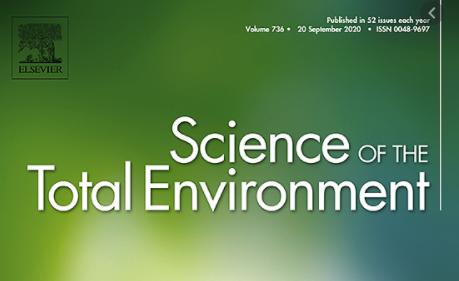
Hi all…a just published article in ‘Science of the Total Environment’ has some good per- and polyfluoroalkyl substances (PFAS) survey data from raw source and treated drinking water as well as some good news attributed to risk management measures (RMMs) imposed on the manufacture and use of select PFAS. The study evaluated the occurrence and potential current risk of PFAS in the Ontario environment, using PFAS data measured in source waters pre- (2005–2007) and post- (2012–2016, 2018–2019) implementation of RMMs. Drinking water samples were collected from 25 drinking water systems with conventional and advanced treatment.
It was concluded that “PFOA remains the most detected of the PFAS in Ontario waters. Although samples from groundwater sources had significantly lower PFAS concentrations in comparison to samples from lakes and rivers, the presence of PFAS in groundwater indicates that these compounds are able to move throughout the environment to contaminate groundwater sources. Minimal differences between source and treated drinking water support the understanding that current treatment technologies other than GAC are unlikely to reduce concentrations PFAS. All drinking water samples analyzed in this study are below draft and final thresholds established for drinking water reviewed in this study, and calculated Risk Quotients are below 0.02 indicating that in general, these substances do not pose a significant health risk to Ontarians through drinking water consumption.”
Bill_____________________________________________________
Sonya Kleywegt, Melanie Raby, Stephanie McGill, and Paul Helm
Ontario Ministry of the Environment, Conservation and Parks
Science of The Total Environment
Volume 748, 15 December 2020, 141195
Abstract
“Risk management measures (RMMs) are a broad set of tools used in global treaties and national regulations to manage, ban or restrict the use of toxic chemicals. Per- and polyfluoroalkyl substances (PFAS) are a group of chemicals that are persistent, bioaccumulate, biomagnify and are inherently toxic to the environment and human health. For these reasons global RMMs have been imposed on the manufacture and use of select PFAS. To evaluate the occurrence and potential current risk of PFAS in the Ontario environment, PFAS were quantitatively measured in source waters pre- (2005–2007) and post- (2012–2016, 2018–2019) implementation of RMMs. Source water samples were collected pre- (n = 105), and post-RMMs (n = 326) from lake, river and groundwater and analyzed for up to 14 PFAS. Pre-RMMs, the most frequently detected PFAS in source water were perfluorooctanoic acid (PFOA; 83%) and perfluorooctane sulfonate (PFOS; 76%) followed by perfluorohexane sulfonate (PFHxS; 47%) and the maximum ∑PFAS10 was 42.1 ng/L. Post-RMMs, the maximum ∑PFAS10 (which includes PFOS) was statistically significantly reduced to 15.5 ng/L, well below the Federal Environmental Quality Guidelines for PFOS. To evaluate post-RMMs risk to human health, 226 drinking water samples were collected from 25 drinking water systems with conventional and advanced treatment. All individual (or ∑PFAS) concentrations are well below current and proposed Health advisory levels or regulatory guidelines/standards for PFAS in drinking water with calculated Risk Quotients (RQ) <0.02. This survey indicates that the implementation of RMMs for select PFAS have made a significant difference to the concentrations detected in source waters in Ontario, Canada.”
_______________________________________________________
William (Bill) B. Anderson, Ph.D.





